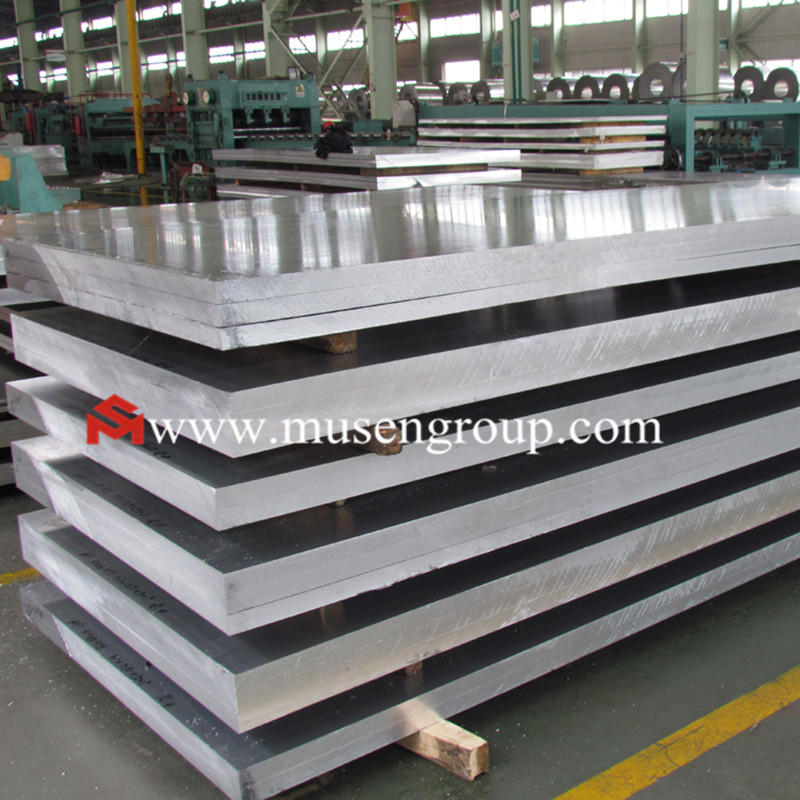
Causes and treatment methods of aluminum plate not being dyed.
With the development of process technology, the weight of aluminum plates used in people's lives is getting higher and higher, and the color is no longer as monotonous as before. It will be colored according to the color you want, and in the process of coloring, it is inevitable that the color will not be dyed. Then, what are the reasons and treatment methods of the aluminum plate not being dyed?
1. The thickness of the anodic oxide film of the aluminum plate is insufficient: At this time, it is necessary to check whether the anodic oxidation process is standardized, and see whether the temperature, voltage, conductivity and other factors are stable. If there is an abnormality, please adjust the specification accordingly; on the contrary, if there is no abnormality, it can be extended appropriately The oxidation time ensures that the film thickness reaches the standard.
2. The pH value of the dye solution of the aluminum plate is too high: At this time, the pH value can be adjusted to the standard value with glacial acetic acid.
3. After the aluminum plate is oxidized, the workpiece is placed in the water tank for too long: timely dyeing is recommended. If this has occurred, the workpiece can be placed in an anodizing tank or nitric acid neutralization tank and then dyed after proper activation. well.
4. The dye used for the aluminum plate has been decomposed or mildewed: the dye needs to be replaced at this time, and the appropriate dye is selected.
5. The oxidation temperature of the aluminum plate is too low, resulting in a dense film: the oxidation temperature can be appropriately increased.
6. Poor conductivity: Possibly the anode copper rod or the cathode lead plate has poor contact. Pay attention to cleaning the anode copper rod and cathode lead plate to ensure good conduction.
The above is about the reasons and treatment methods of aluminum panels that are not dyed. At present, aluminum panels have become a common material in the construction field, and they are widely used in building exterior walls, interior walls, advertising signs and other decorative fields. However, as people have higher and higher requirements for the aesthetics of decorative products, aluminum plates with single color and rigid patterns can no longer meet the production needs.
1. The thickness of the anodic oxide film of the aluminum plate is insufficient: At this time, it is necessary to check whether the anodic oxidation process is standardized, and see whether the temperature, voltage, conductivity and other factors are stable. If there is an abnormality, please adjust the specification accordingly; on the contrary, if there is no abnormality, it can be extended appropriately The oxidation time ensures that the film thickness reaches the standard.
2. The pH value of the dye solution of the aluminum plate is too high: At this time, the pH value can be adjusted to the standard value with glacial acetic acid.
3. After the aluminum plate is oxidized, the workpiece is placed in the water tank for too long: timely dyeing is recommended. If this has occurred, the workpiece can be placed in an anodizing tank or nitric acid neutralization tank and then dyed after proper activation. well.
4. The dye used for the aluminum plate has been decomposed or mildewed: the dye needs to be replaced at this time, and the appropriate dye is selected.
5. The oxidation temperature of the aluminum plate is too low, resulting in a dense film: the oxidation temperature can be appropriately increased.
6. Poor conductivity: Possibly the anode copper rod or the cathode lead plate has poor contact. Pay attention to cleaning the anode copper rod and cathode lead plate to ensure good conduction.
The above is about the reasons and treatment methods of aluminum panels that are not dyed. At present, aluminum panels have become a common material in the construction field, and they are widely used in building exterior walls, interior walls, advertising signs and other decorative fields. However, as people have higher and higher requirements for the aesthetics of decorative products, aluminum plates with single color and rigid patterns can no longer meet the production needs.
